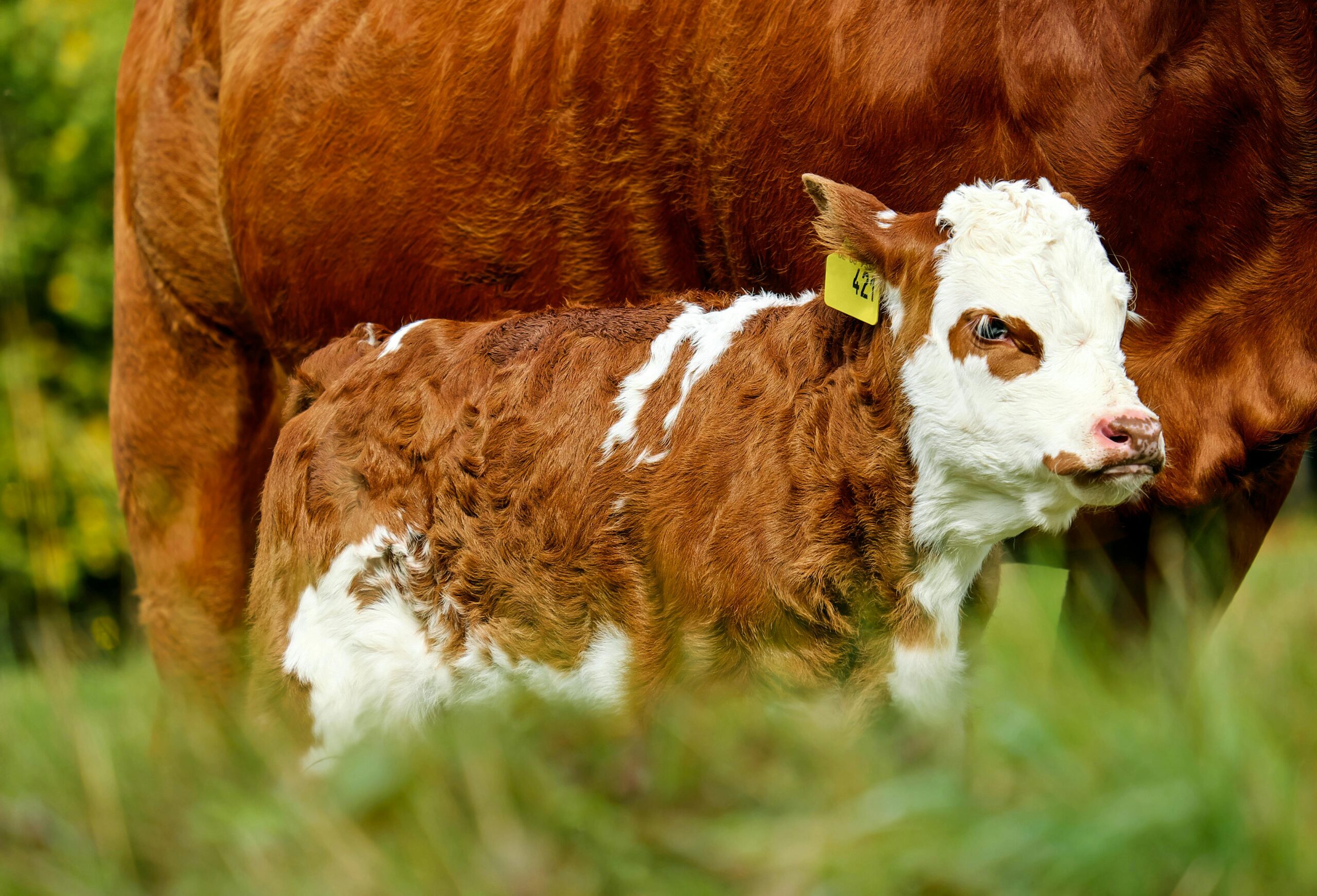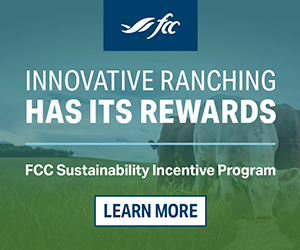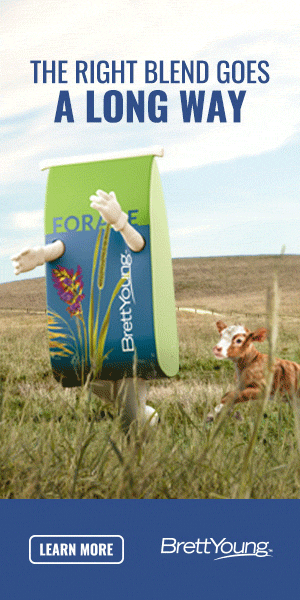AB Direct - Steers
Rail: 500.00 del
AB Direct - Heifers
Rail: 500.00 del
US Trade- Steers
Rail: 360.00-365.00 (IA,NE)
US Trade - Heifers
Rail: 360.00-365.00 (IA, NE)
Canadian Dollar
0.18

Research alliance results point to environmental benefits of grazing ruminants
Over the past five years, the Archbold-Alltech Alliance has created a model for estimating the carbon footprint of Archbold’s Buck Island Ranch in Florida.
The results show that on average, Buck Island Ranch sequesters more carbon each year than it emits, making it a net-carbon sink.
This research shows that grazing ruminant animals on land benefits the environment and improves carbon cycling. The results confirm that carbon-neutral — and even net-positive — beef production is possible at Buck Island Ranch, a 10,500-acre ranch in Lake Placid, Florida.
To showcase the work taking place at the Buck Island Ranch, the Archbold-Alltech Alliance have released a six-part Planet of Plenty video series that explores the cattle grazing carbon cycle, the role of carbon sequestration in mitigating climate change, and other insights the collaborative research alliance has unveiled.
“This research alliance brings together scientists from several disciplines to collaborate on climate-change solutions and demonstrate agriculture’s great potential to positively shape the future of our planet,” said Dr. Mark Lyons, President and CEO of Alltech. “These exciting findings at Archbold’s Buck Island Ranch prove that we capture more carbon when cows are grazing the land. That is profoundly powerful.”
“Every year, we sequester 1,201 tons of CO2 equivalent at Archbold’s Buck Island Ranch and all of this work is scalable to other parts of the world,” said Dr. Betsey Boughton, Director of Agroecology at Archbold. “The narrative people have heard is that cows are bad for the environment, but grazing animals can actually change the function of grasslands. Cows are eating the grass and not allowing as much decomposition to happen on the ground. Without cows, we actually see more carbon emitted.”
“We’re trying to let people know that it is not just this black and white answer,” she added. “It is complicated, and we need to think about the whole story.”
Though it is a complex issue, the research indicates agriculture can be one of the most powerful weapons in the fight against climate change.
This collaboration has discovered a deeper understanding of the grazing-cattle carbon cycle, one that is not solely focused on greenhouse gas (GHG) emissions from the animal but also on natural GHG emissions from the land, and the sequestration of carbon in the soil. Discussions around GHGs and global warming often center around agriculture emissions, but it is important to think beyond emissions and look at the full cycle.
The potential to capture carbon in the soil under certain conditions presents a significant opportunity for the agri-food community to embrace its critical role in combatting climate change while simultaneously improving soil health, boosting crop yields and promoting biodiversity.



